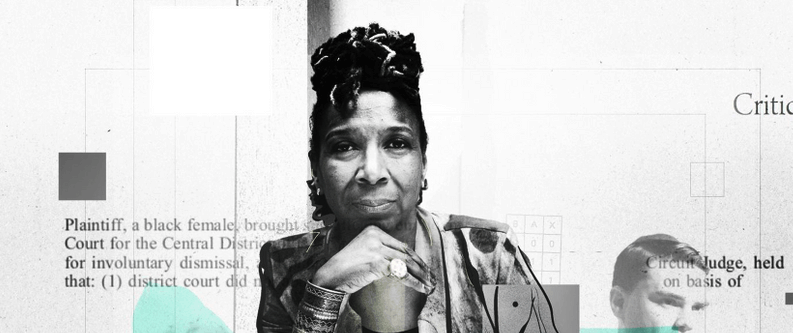
Source: https://www.vox.com/the-highlight/2019/5/20/18542843/intersectionality-conservatism-law-race-gender-discrimination
“A metaphor for understanding the ways that multiple forms of inequality or disadvantage sometimes compound themselves and create obstacles that often are not understood among conventional ways of thinking.”
Rooted in Black feminist activism since 1977 and coined by Kimberlé Crenshaw in 1989
“A person is not, for example, a woman on one hand and disabled on the other; rather she is the combination of these at the same time, that is, a disabled woman… Her identity as a woman is shaped by her identity as disabled, and vice versa as the elements of identity are not lived or experienced separately”
Ashlee Christoffersen, 2017
What is Intersectionality?
The most prominent scholar in this field, Kimberlé Crenshaw formally coined the term and has spurred it into the zeitgeist. She describes it as a “metaphor to understand the ways that multiple forms of inequality or disadvantage compound themselves and create obstacles that often aren’t understood among conventional ways of thinking.”
In the context of an example, scholar Ashlee Christoffersen references the experience of a disabled woman—her experience of disability cannot always exist separately from her identity of being a woman. In fact, each of these identities is uniquely shaped by the other since this person doesn’t experience each aspect of their identity separately.
We have a video through the diversity tapestry primer module that illustrates this further. Visit the linked node to learn more.
Why Intersectionality Matters
- People are shaped by their simultaneous membership of multiple interconnected social categories.
- Interactions between multiple social categories occurs within connected systems and structures of power (e.g., laws, policies, governments).
- Structural inequalities, reflected as relative disadvantage and privilege, result from the interaction between social categories and power relations.
- An individual’s experiences of inequality can be chronic or transitory, creating unique lived experiences.

The most common, reductionist argument for intersectionality is that if elements of one’s identity are typically considered to be associated with less power and privilege, then that person is automatically marginalized and experiences inequity. But this ignores a crucial element—in what environment or context, and at what time?
If policies and structures in an environment discriminate against certain aspects of identity, or if people don’t feel safe sharing aspects of their identity (i.e., oppression), then we create this difference—this inequality—in how people are treated and their consequent outcomes. This is the part that is difficult to change, because it requires an upheaval of systems and power structures. This is also why recruiting for diversity cannot simply be an end goal. Welcoming diversity may be easy, but it can only be sustained if systems and structures are inclusive.
It’s important to understand that aspects of identities that are considered more or less powerful can vary depending on the context, but also over time.
